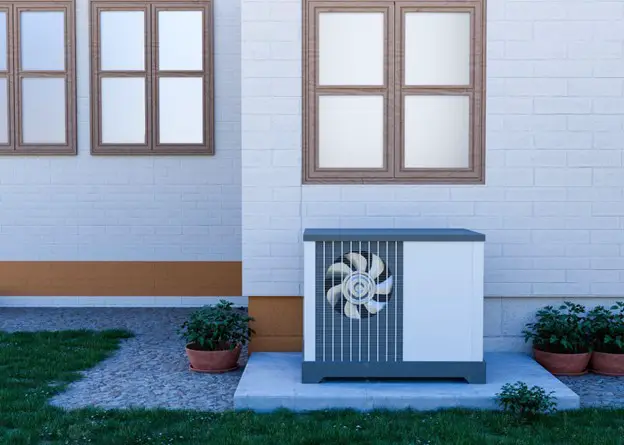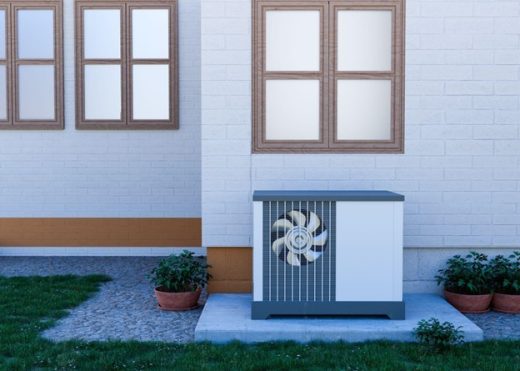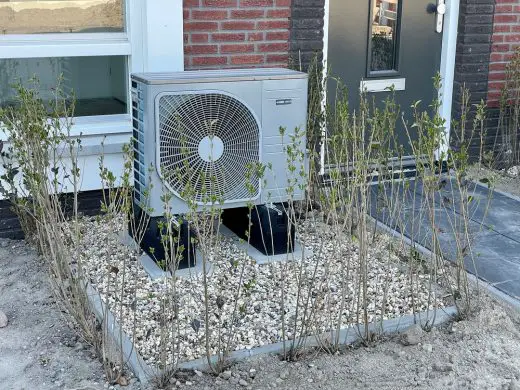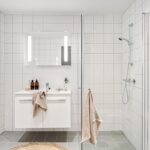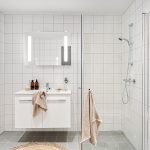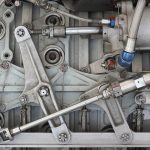5 clever ways architecture can hide a heat pump guide, Home heating advice, Property cooling systems, Energy efficiency
5 Clever Ways Architecture Can Hide a Heat Pump
post updated 30 March 2024
Heat pumps are an efficient and sustainable solution for heating and cooling buildings. However, their appearance can often leave some homeowners unhappy. With many manufacturers prioritising practical use over asthetics, it can lead to unsightly units being installed in people’s backgardens or inside their homes.
There are however, clever solutions to this problem. Architects and designers have come up with ingenious ways to hide heat pumps while maintaining their functionality and efficiency.
In this article, we will explore five clever ways that design and architecture can conceal a heat pump. The units should be seamlessly integrated it into the overall design of a building. Using any of these techniques can improve the visual appeal of your outdoor space. At the same time they can also enhance interest in this important heating technology.
27 June 2023
Why Install a Heat Pump?
Heat pumps offer numerous benefits that make them an attractive choice for heating and cooling systems. Their energy efficiency is a standout feature. Furthermore they can provide up to 3 times as much heat per unit of fuel than any traditional fossil-fuelled heating system (such as a gas boiler).
As they transfer heat from one place to another – rather than generating it through combustion – they use significantly less energy. This results in lower bills, a much more comfortable home and a more reliable system.
The biggest benefit however, is the environmental impact. As heat pumps elimate the need to burn fossil fuels, such as gas or oil, they don’t emit any harmful chemicals into the atmosphere. This reduces a home’s carbon footprint and contributes to a more green, sustainable future.
5 Ways to Hide a Heat Pump
Despite their many benefits, a lot of people are put off from installing a heat pump due to their appearance. Most heat pumps require separate units – one outdoors to extract/expel heat, and one indoors to divert heat or cool air around the home.
Depending on the type of heat pump you own, you may have multiple air ducts throughout the house. Or you can opt for one main unit outside the property and one within. Our tips below will focus on those with a large outdoor unit, and the many ways you can consider hiding them.
1. Integrated Landscaping:
One effective method of hiding a heat pump is by incorporating it into the landscape design. By strategically placing the heat pump within the natural elements of the surroundings, it can be easily disguised.
For example, a heat pump can be concealed behind a trellis covered with climbing plants. This blends it with the greenery and makes it virtually indistinguishable. Another option is to install the heat pump within a rock or a decorative enclosure, creating a seamless integration with the outdoor environment.
2. Architectural Screening:
Screening provides an excellent opportunity to hide heat pumps without compromising the design aesthetics. By designing a custom-made enclosure or screen, architects can effectively conceal the heat pump while incorporating it into the building’s architectural elements.
The screening can be crafted from materials such as wood, metal, or composite panels, ensuring it complements the overall design theme. Additionally, incorporating the screen into a larger architectural feature, such as a decorative wall or pergola, can further enhance its integration into the building’s exterior.
3. Rooftop Installations:
When it comes to concealing heat pumps in commercial or multi-story buildings, utilizing the rooftop can be an ideal solution. By installing the heat pump units on the roof, they can be hidden from view while still maintaining easy access for maintenance.
Architects can design rooftop structures or enclosures that seamlessly blend with the building’s architecture. These designs ensure the heat pumps remain out of sight from ground-level perspectives. These structures can also serve additional purposes, such as rooftop gardens, seating areas, or solar panel installations, maximizing the functionality of the space.
4. Camouflage with Cladding:
Another clever way to hide heat pumps is through the use of cladding materials. Heat pump units can be covered with specially designed cladding that matches the building’s exterior finish, effectively camouflaging them.
The cladding can be made from materials like timber, brick, stone, or even a custom design that mimics the architectural elements of the building. By seamlessly integrating the heat pump within the cladding, it becomes virtually invisible, preserving the visual appeal of the structure.
5. Underground Concealment:
In certain cases, it may be possible to hide a heat pump by installing it underground. By utilizing the space beneath the building or landscaping, architects can completely conceal the heat pump unit.
Underground enclosures provide a clean and unobtrusive solution, eliminating any visual impact on the building’s exterior. However, adequate ventilation and access for maintenance must be ensured when implementing this method.
5 clever ways architecture can hide a heat pump Conclusion
Efficient and sustainable heat pumps are an essential component of modern buildings, but their appearance doesn’t always align with architectural aesthetics. By employing clever design techniques, architects and designers can successfully conceal heat pumps without compromising their functionality.
By considering the approaches above, you can ensure that buildings can maintain their visual appeal while reaping the benefits of sustainable heating and cooling solutions. With the continued innovation in architectural design, the integration of heat pumps will only become more seamless and effortless in the future.
Comments on this guide to 5 clever ways architecture can hide a heat pump article are welcome.
Heat Pumps
Heat Pump Posts
Installing a heat pump hot water system
Make your heat pump installation successful
How much does a heat pump system cost
6 benefits of Heat Pumps Hot Water System
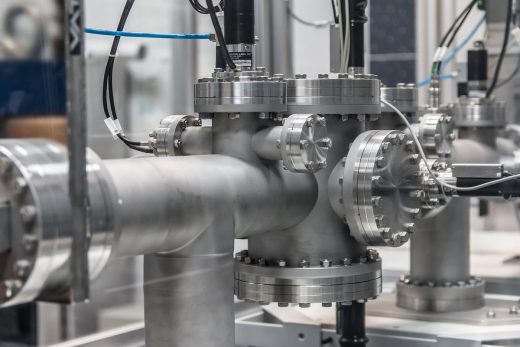
Heating Posts
Types of thermostats and how they work
How to choose appropriate heating system for your business
Building Articles
Property Articles
Comments / photos for the 5 clever ways architecture can hide a heat pump advice page welcome

